
A few years ago, the thought of updating your car like you update your phone would’ve sounded absurd. Cars were hardware — steel, rubber, and gasoline — built to last, not to change. But welcome to 2025, where your vehicle could download new features overnight, unlock extra horsepower with a tap, and learn your driving habits to optimize itself in real time. This is the world of Software-Defined Vehicles (SDVs) — where code meets combustion, and the soul of your car is no longer under the hood but inside a neural network.
The term may sound techie, but its implications are anything but niche. SDVs are not just transforming vehicles; they’re rewriting the DNA of the entire automotive industry — from how cars are designed and built, to how they’re sold, upgraded, and experienced.
In a traditional car, the software is stitched around the hardware. Think of 100+ ECUs (Electronic Control Units), each siloed and serving its own purpose — one for the engine, one for the ABS, another for the infotainment system. They rarely talk to each other. It’s like building a smartphone with 50 different processors running separate apps on different operating systems. Inefficient. Clunky. Expensive.
Now flip the model. A Software-Defined Vehicle uses centralized computing and a unified vehicle operating system to control everything — from braking to voice commands. Think of it as Android for automobiles (and yes, Google is actually building one). This single, cohesive architecture makes the car more than a machine — it makes it intelligent. And intelligence is everything.
With a software-first architecture, updates don’t require a service center visit. Instead, they arrive via Over-the-Air (OTA) updates, the same way your phone gets security patches or UI upgrades. New features — like enhanced autopilot, better battery management, or even in-cabin games — can be added long after you've driven off the lot. Suddenly, the car you bought last year doesn’t feel dated — it evolves.
But here’s the real game-changer: the business model.
With connected cars and smart vehicles becoming the norm, automakers are no longer restricted to one-time sales. Welcome to the age of "features-as-a-service" — where buyers can unlock heated seats, advanced driver-assist features, or a premium sound system via monthly subscriptions. What used to be hardware decisions at the point of sale are now software toggles. You don’t need to decide upfront. Want sportier handling for a road trip this weekend? Activate it temporarily. Need child safety monitoring for a month? There’s an app for that. It’s not a car anymore — it’s a platform, and every mile you drive could be monetized.
If this sounds familiar, it’s because Tesla set the benchmark. Their vertically integrated model — where software, hardware, and even chips are controlled in-house — allows them to push OTA updates that can unlock entirely new capabilities. Need a faster 0–100 kmph time? Just pay and download. Everyone else — from legacy giants like BMW and Mercedes to disruptors like Rivian and Lucid — is trying to catch up.
And they’re not doing it alone. The new breed of carmakers is partnering with tech titans like NVIDIA (for AI and autonomous capabilities), Qualcomm (for connectivity and cockpit systems), and Google (for infotainment OS and cloud services). Your next car could come with Google Maps natively integrated, powered by Qualcomm’s AI stack, all rendered through Unreal Engine-quality graphics. Yes, that’s where we’re headed.
But every revolution brings its risks.
As connected cars become more like rolling data centers, they also become hacker targets. A compromised infotainment system isn’t just an inconvenience — it could be a gateway to brakes or steering. Cybersecurity is no longer optional; it’s a foundational layer. Standards like ISO 26262 for functional safety and UNECE WP.29 cybersecurity regulations are now mandatory for global compliance.
And let’s not forget the cultural challenge. Legacy auto brands, long optimized for manufacturing efficiency and decades-long model cycles, must now think and act like software companies. That means moving fast, deploying in sprints, iterating features based on real-time data, and releasing patches and improvements frequently — much like Apple or Google do. It’s a sea change in mindset, hiring, and processes.
For consumers, though, this shift brings a level of personalization that feels almost futuristic. Imagine walking into a rental car and having it instantly adjust to your preferred seat position, climate control, music, and driving style — all because your profile is stored on the cloud. Cars will no longer be static products; they’ll become adaptive companions, capable of learning, evolving, and syncing with every aspect of your digital life.
Want your car to dim the cabin lights when your smartwatch detects you're stressed? Or suggest quieter routes on days it knows you’ve had a long one? That’s not sci-fi. That’s AI in cars, and it’s already being prototyped. Even how cars are bought and owned is being reimagined. Car subscription services are on the rise, especially in urban areas where ownership is more of a burden than a benefit. Why buy a depreciating asset when you can subscribe to a mobility experience that updates and adapts every month?
Tier-1 suppliers are also shifting roles. Once the silent partners behind dashboards and headlamps, they’re now becoming software solution providers, developing middleware platforms, vehicle OS layers, and cloud services. The lines between OEMs, tech firms, and suppliers are blurring — all in pursuit of a smarter, safer, more personalized ride.
The Software-Defined Vehicle isn't a buzzword. It’s the next logical chapter in the story of mobility — one where the steering wheel is still in your hands, but the power lies in the code beneath. It’s not just about how fast a car goes anymore — it’s about how fast it learns.
So the next time you test-drive a car, don’t just ask about torque or touchscreen size. Ask what OS it’s running. Ask how often it updates. Ask what you can unlock six months from now.
Because the car of the future won’t just take you places. It’ll take itself there — smarter, faster, safer, and always one update ahead.




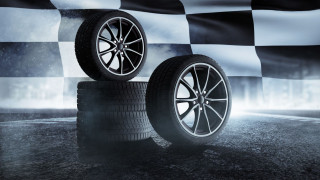





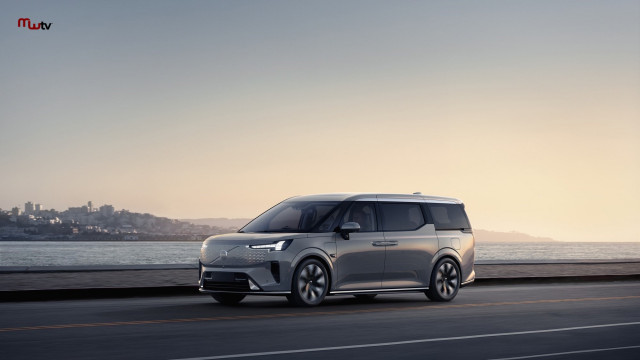
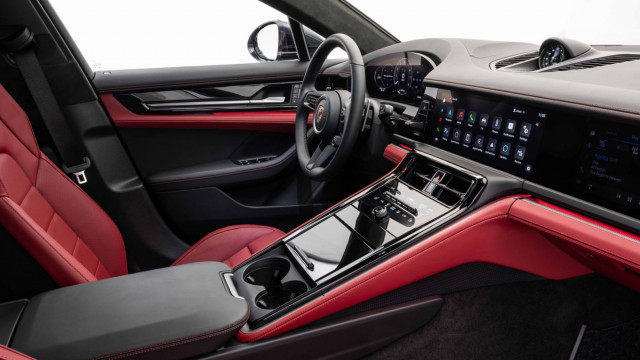
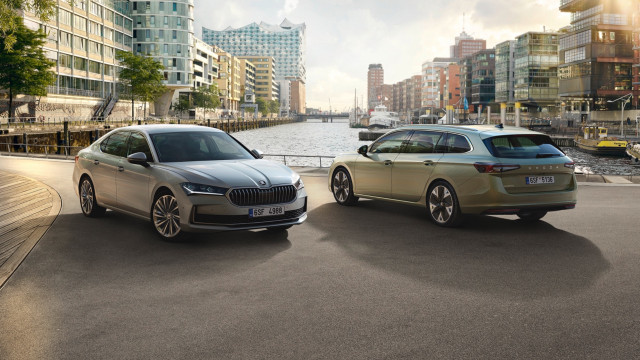
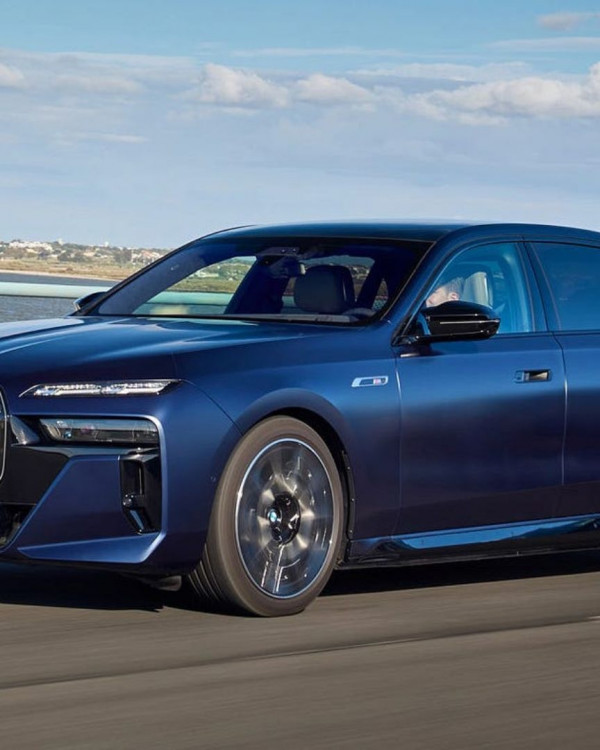



Your comment will be verified by admin before going live